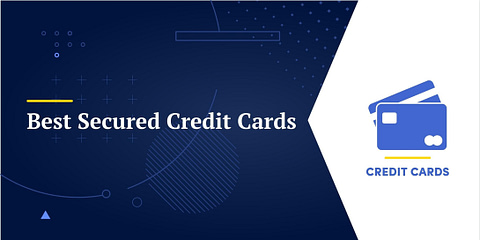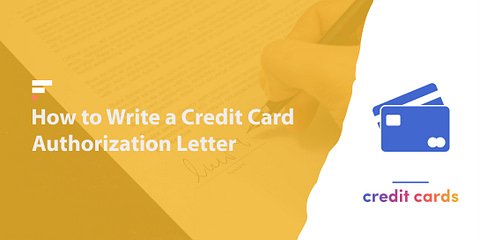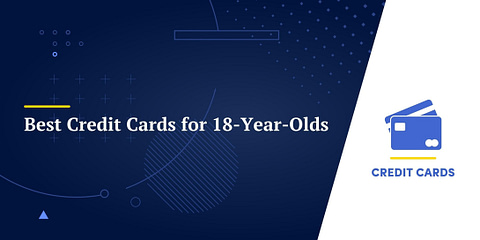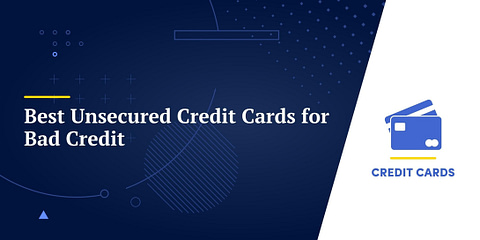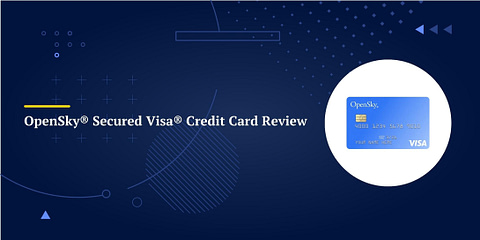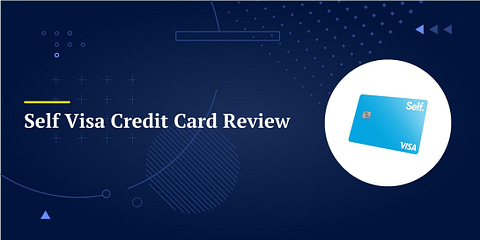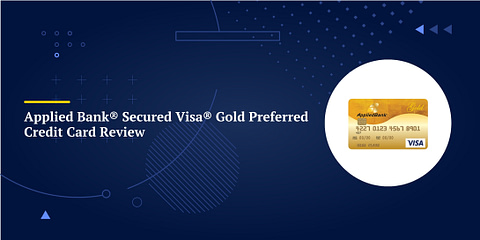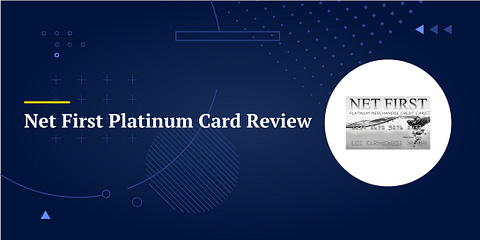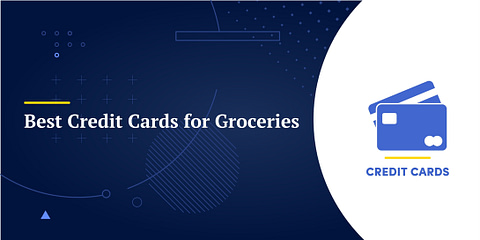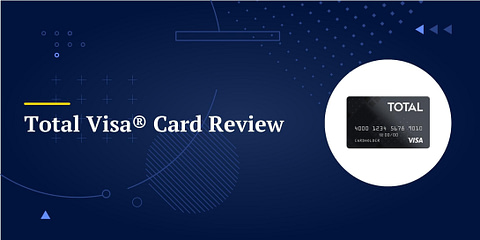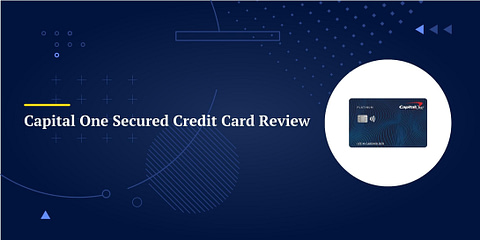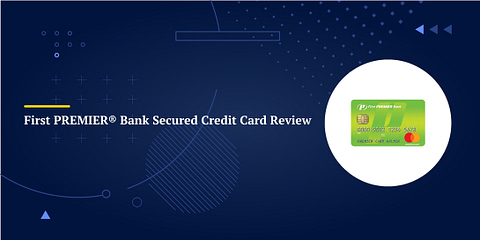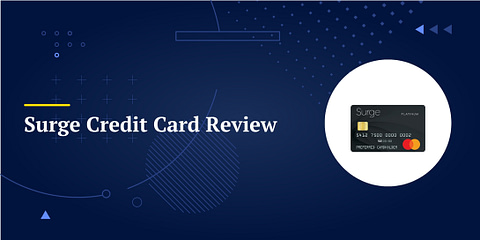Rewards credit cards give you incentives for using your card. Knowing how to choose a rewards credit card can help you ensure that the rewards you earn are useful and help you earn at a higher rate.
What Is a Rewards Credit Card?
A rewards credit card works like any other card. You make purchases and pay for them at a later date. The difference is that a rewards card also gives you cash back, rewards points, or some other incentive to reward you for using the card.
The types and rates of the rewards that these cards offer can vary widely. Different cards also offer different types of rewards. If you’re choosing a rewards card you will need to understand these differences and choose the card that will reward your spending habits.
Remember that card issuers offer rewards for two reasons. They want you to choose their card and they want you to use it. That’s good for the card issuer, but it may not be good for you.
☝️ Two rules to follow when choosing a rewards credit card
- Before you apply for a rewards card, make sure that the rewards you will earn on your existing spending are greater than any fees for the card.
- Never get so excited over rewards that you spend more on your card just to get higher rewards.
If you are earning rewards from purchases you would have made anyway, you’re gaining. If you spend just to maximize rewards, you’re losing.
Cash Back vs. Points vs. Travel
There are three general types of rewards cards. The one you choose will depend on the type of rewards that you can get the best use out of. That will be determined by your existing spending habits.
1. Cash Back
Cash back is the simplest and most flexible form of reward. Every time you make a purchase, your credit card issuer will add to your cash back balance.
👉 For example, a card offering 1% cash back gives you $1 for every $100 you spend.
Most card issuers will let you redeem your cash back for a credit against your card’s balance or a direct deposit to your bank account.
Another way to look at these cards is that they give you an automatic discount on everything you buy. If you spend $100 and get $1 in cash back, you really spent $99, meaning you got a 1% discount.
💳 Tip: If you want simple rewards, we’d recommend a good cash back card. You can use the rewards you earn for almost anything.
2. Points
Some credit cards offer rewards points. You’ll earn a number of points for each dollar you spend using the card.
Points are more complicated than cash back. Each card issuer offers different redemptions, but common options include:
- Gift cards
- Merchandise
- Statement credits
- Cash
- Travel
- Partner transfers
Every reward may offer a different ratio of value-to-points.
👉 For example, you might be able to redeem 1,000 points for $6 in cash or $10 in gift cards. There could be 1,000-point merchandise redemptions worth more than $10 or less than $6.
That means that understanding the true value of your points can be hard. The value could depend on how you redeem them. If you look carefully, you might find great opportunities to redeem your points at a high value. That can help you, but remember that the time you spend analyzing your points and how to maximize them is also valuable!
3. Travel
Travel credit cards offer rewards that are focused on travel-related spending categories like hotels, airlines, and rental cars.
Some travel cards are co-branded with a specific travel chain. These cards typically offer rewards directly associated with that brand’s loyalty program.
👉 For example, Southwest credit cards let you earn Southwest miles with each purchase and Hilton credit cards let you earn Hilton points.
These co-branded credit cards may offer other perks when you use that brand’s services. You might get automatic loyalty status, which can come with free nights at hotels or room upgrades.
Other travel cards are generic and not partnered with a single airline. These cards will give you points or miles, but with redemption options focused on travel. They may also let you transfer your points or miles to a list of partner airline and hotel loyalty programs.
These cards give you more flexibility but don’t tend to offer the benefit of automatic status with an airline or hotel chain.
Flat-Rate vs. Category-Based Rewards
Knowing how to choose a rewards credit card requires more than just thinking about the type of rewards you can earn. You also have to consider the rewards rates.
Rewards credit cards come with either flat-rate rewards structures or category-based rewards.
Flat-rate rewards are simple. You earn the same rewards rate regardless of what you’re buying. A 1.5% cash back card gives you 1.5% back on everything you buy, whether it be pizza, gas, groceries, airfare, or anything else.
Category-based cards offer different rewards rates for different types of purchases. Usually, it’s based on the type of store you’re shopping at.
👉 For example, the American Express Blue Cash Everyday card pays:
- 3% cash back on groceries
- 3% cash back on gas
- 1% cash back on everything else
In general, category-based cards offer higher maximum rewards rates than flat-rate cards. However, flat-rate cards offer a higher baseline earning rate. If you’re willing to put in the effort to think about where to use different cards to earn more rewards, category-based cards can accelerate your earnings.
☝️ One thing to note is that some category-based cards change their bonus categories every quarter, adding another thing for you to keep track of.
How to Choose a Rewards Credit Card
Choosing the right rewards credit card involves answering a few questions.
What is My Credit Score?
Rewards credit cards usually require fair to good credit. Some premium cards require excellent credit, so make sure you have a chance of being eligible before you apply.
If you have poor credit, consider applying for a secured credit card instead. Build your credit score first before looking for a rewards card.
Is There An Annual Fee?
Many rewards cards charge an annual fee. These fees may be worth paying if the rewards or perks they offer can offset the fee, but make sure you don’t pay a fee without getting your money’s worth. If the rewards you earn don’t cover the fee, you’re losing money.
We’d recommend avoiding cards with annual fees until you get a better idea of how you use rewards cards and how much you can earn.
Can I Use the Rewards Credit Card Responsibility?
Rewards credit cards are still credit cards. That means they have high interest rates. If you don’t pay your balance off in full, each month, the accrued interest will quickly outpace any rewards you earn.
Make sure you can use a credit card properly and always pay off its balance before you start applying for rewards credit cards.
What Type of Rewards Do I Want?
Think about whether you want to earn cash back, points, or travel rewards. Your decision can help narrow down the list of cards you to consider and compare.
Where Do I Spend the Most Money?
Take a look at your spending habits and find out where you spend most of your money. A financial tracking app can be a huge help here.
If you do a large amount of shopping at grocery stores or you spend lots of money on gas, consider category-based cards that offer higher rewards rates for those types of purchases.
How Many Rewards Cards am I Willing to Carry?
Think about the amount of effort you’re willing to put into earning rewards. Rewards cards can be lucrative even if you put in minimal effort, but if you really get into it and work with an array of cards, you can optimize your rewards rates and earn even more.
We’d recommend keeping it simple to start with, especially if you’re new to credit cards in general. However, over time you might want to consider adding more cards to your wallet to exploit different types of spending.
Sample Wallets
Here are a few examples of how people can add cards to their wallets to maximize the rewards they earn.
Basic
The most basic strategy for how to choose a rewards credit card is to get just one and use it for everything you buy. Typically, you’d want a flat-rate card that offers a high rewards rate, such as the Citi Double Cash, which pays 2% cash back on all purchases.
Intermediate
If you’re willing to put in a bit more effort, you might have two or three cards in your wallet. This is the strategy I use.
I carry a Citi Double Cash to earn 2% cash back on most purchases and an American Express Blue Cash Preferred card for use at grocery stores (6% cash back) and gas stations (3% cash back). Because I do a lot of spending on those two categories, adding one extra card to my wallet lets me earn much more cash back.
If you do add a card, do it strategically. Analyze your spending patterns and select cards that will best exploit them. Always watch those fees!
Rewards Maximizer
Someone who wants to max out their rewards might carry three, four, five, or even more credit cards.
Usually, these cards will include a single flat-rate card and many different category-based cards, one for each type of store that the person usually visits. Category-based cards can offer 5% or more cash back at specific stores, meaning this strategy can more than double the earnings of carrying a single card.
However, it also means applying mental effort to remember where to use each specific card. It also requires applying for lots of cards, handling multiple monthly payments, and dealing with a large wallet.
This strategy is mostly used by rewards card enthusiasts and churners. It isn’t one I’d recommend for most people, especially if you’re not a big spender to begin with.
Conclusion
Rewards credit cards can deliver substantial paybacks, but to take full advantage of the incentives you’ll need to think about how to choose a rewards credit. A card that fits your spending habits and has no annual fee can put you ahead. A card with a high fee that doesn’t match your spending habits could lose you money.
With a little bit of planning, you can choose the rewards credit card that best suits your needs!


